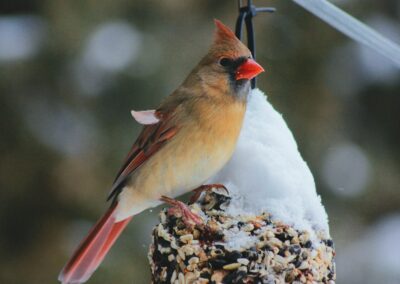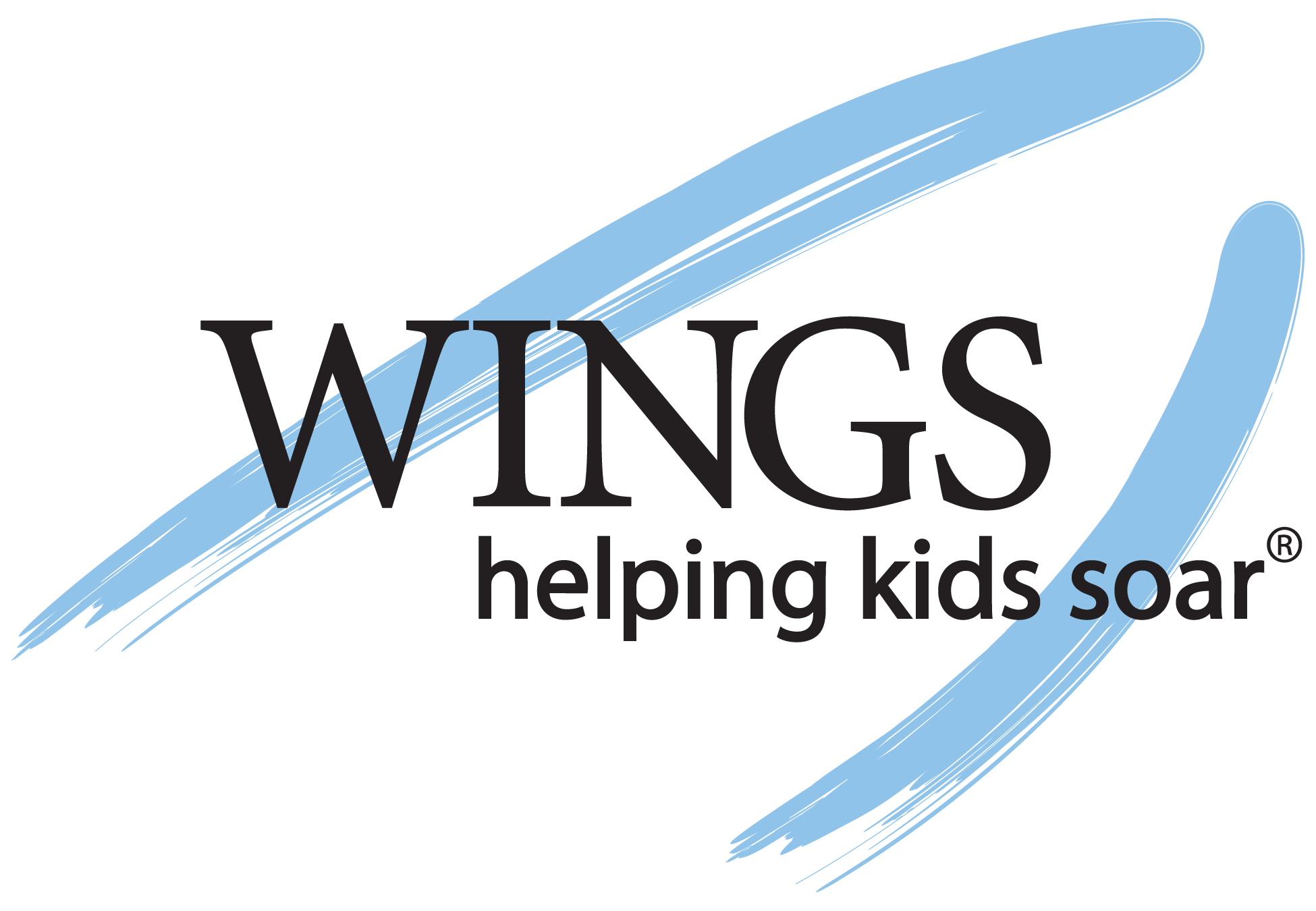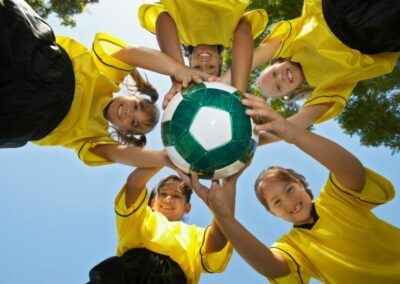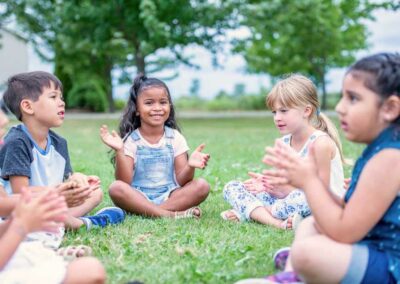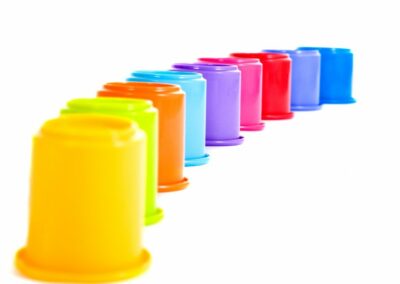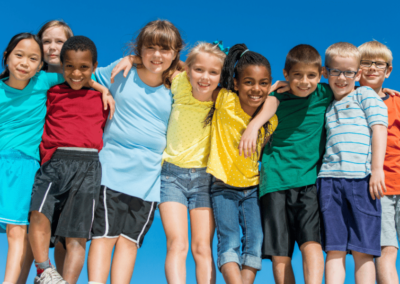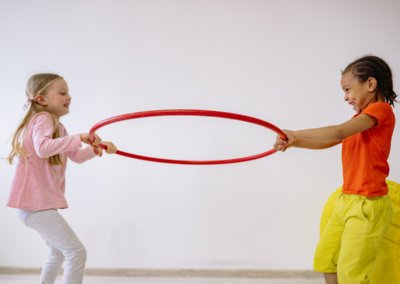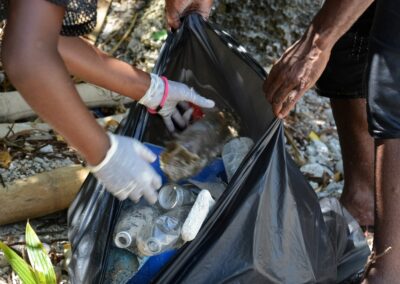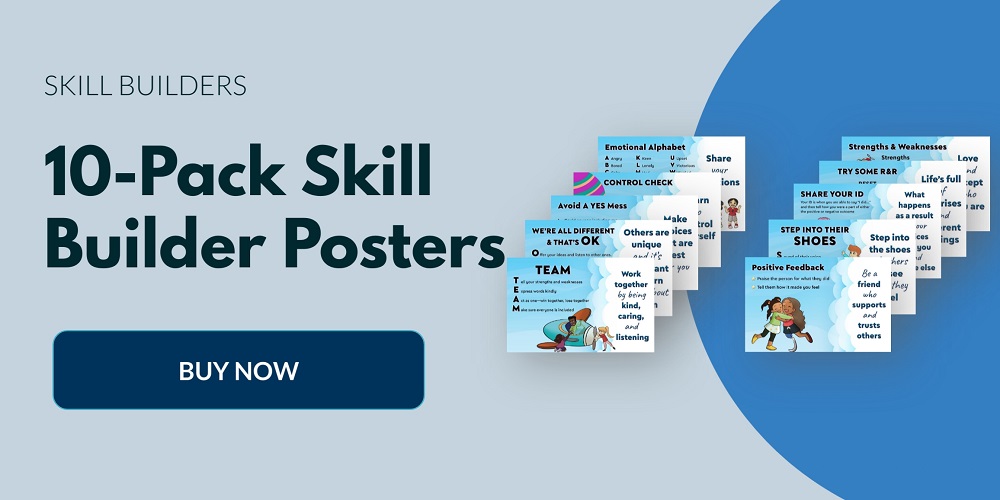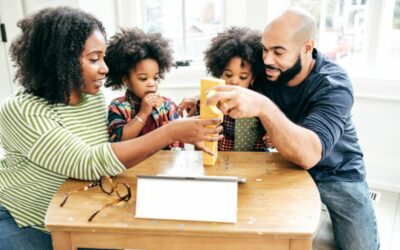Learning to be a decision-maker is a lifelong skill. Childhood is the perfect time to hone these decision-making skills when kids can use the help of trusted adults like you to guide them into making better choices.
Should I get up now or sleep in for five more minutes? Should I wear the blue shirt or the yellow one?
As children grow, so do their options. Decisions get more difficult as pressure from their peers begin to play a role in the decision-making process. It raises the question: how can we help kids learn to be good decision makers?
The ability to understand yourself, your actions, and how your actions affect others all go into the responsible decision-making process.
Recognizing that every choice has a consequence, either positive or negative, is a behavior needed for responsible decision-making. As you introduce students to the practice of thinking through potential consequences—using the Yes Mess questions—be sure to model your own responsible decision-making skills by thinking aloud for students when making choices.
One way you can show kids how to make a good choice is by teaching them how to Avoid A YES Mess.
Words to Live By: I understand the choices I make should be what’s best for me to do.
People who make the best choices for themselves can:
- Demonstrate wise decisions regarding safety hazards
- Brainstorm alternative solutions to interpersonal problems in the classroom
- Analyze the consequences of alternative choices
- Generate alternative solutions to problems
We show kids how to identify a Yes Mess!
Skill Builder
Teaching Prompts
Tell me about a time you got into a Yes Mess.
Think of a negative choice you made today. What could you have done differently?
Tips for Teaching This Skill Builder
There are three questions you can ask yourself to help you make the choices that are best for you to do:
- Could anyone (including me) get hurt if I choose this?
- Could I get into trouble if I get caught doing this?
- Could anything bad happen if I make this choice?
If you can answer YES to any of these questions, you are in a YES Mess. That means that you are not making the best choice.
What was a positive choice you made today?
Every choice you make has a consequence.
A consequence is something that can happen as a result of a choice that was made.
What was a choice you made today that supported someone else?
Example
You make the choice to do your homework. The consequences might be: your teacher knows you did the work, you practiced what you learned the day before, and you get points for completing it.
You make the choice NOT to do your homework, the consequences are: you haven’t practiced what you learned the day before, your teacher is going to be disappointed, and you might have to miss other activities to complete your work.
Key Points
If any of the consequences of your choices will be negative or bad, then the choice is probably not the best one.
If all the possible consequences of your choices will be good or positive, then the choice is probably the right one.
Suggested Activity
Praise & Model
As you introduce students to the practice of thinking through potential consequences, using the Yes Mess questions, be sure to model your own responsible decision-making skills by thinking aloud for students when making choices.
Give students a scenario then ask open-ended questions to see how they respond: “What are the potential consequences if __________?” Follow up to see if they can decide whether or not it is a Yes Mess.
If you notice students pausing to think about their choices, or they tell you about a good choice they made, acknowledge it! Praise them for thinking through their good decision and talk about the positive outcome. See more activities that work well with Avoid A YES Mess Skill Builder below.

Tail Tag
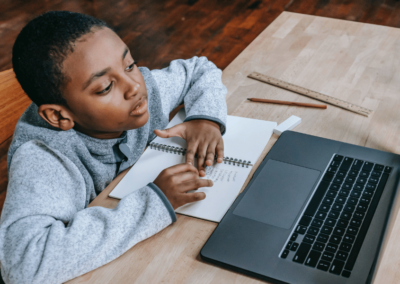
Virtual Games – Truth or Dare

Virtual Game – Scattergories
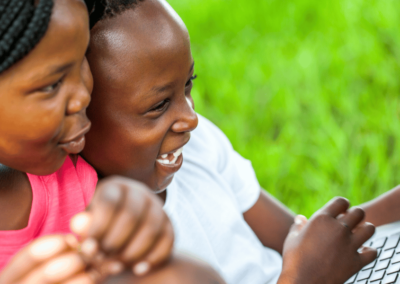
Virtual Games – On The River, On The Bank
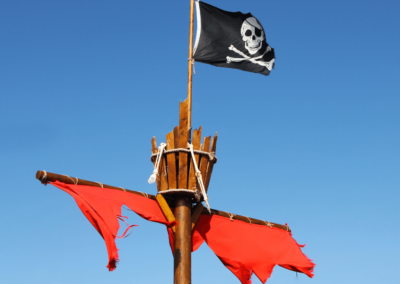
Captain’s Orders
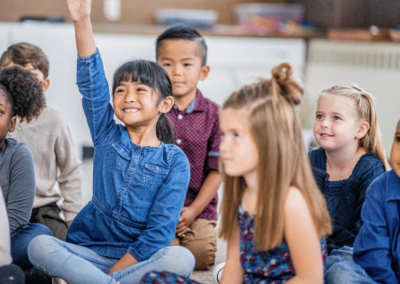
Musical Numbers
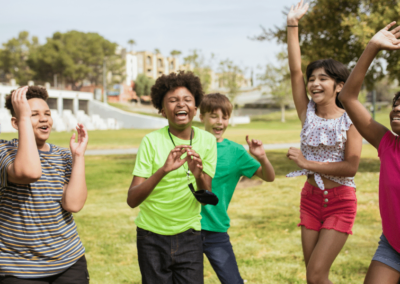
Musical Emotions
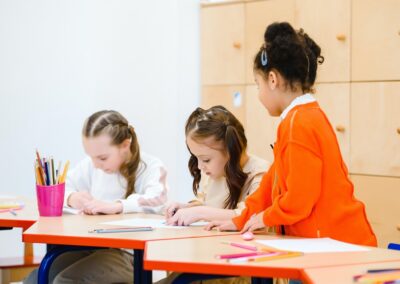
Beat the Clock
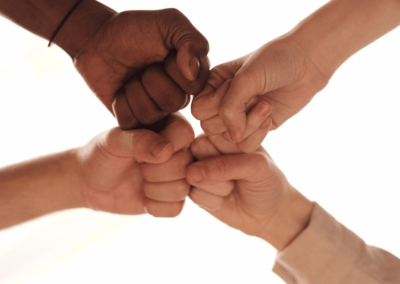
Huddle Up
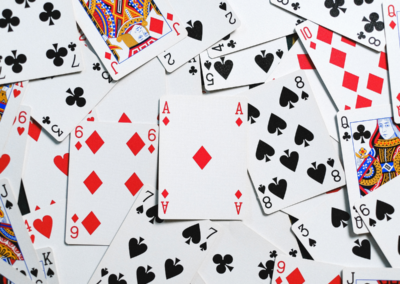
House of Cards
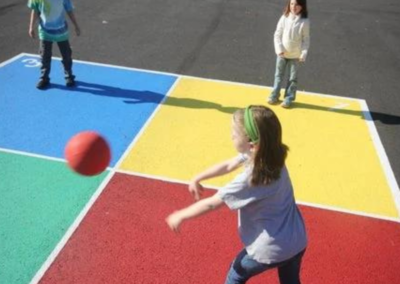
Four Square
